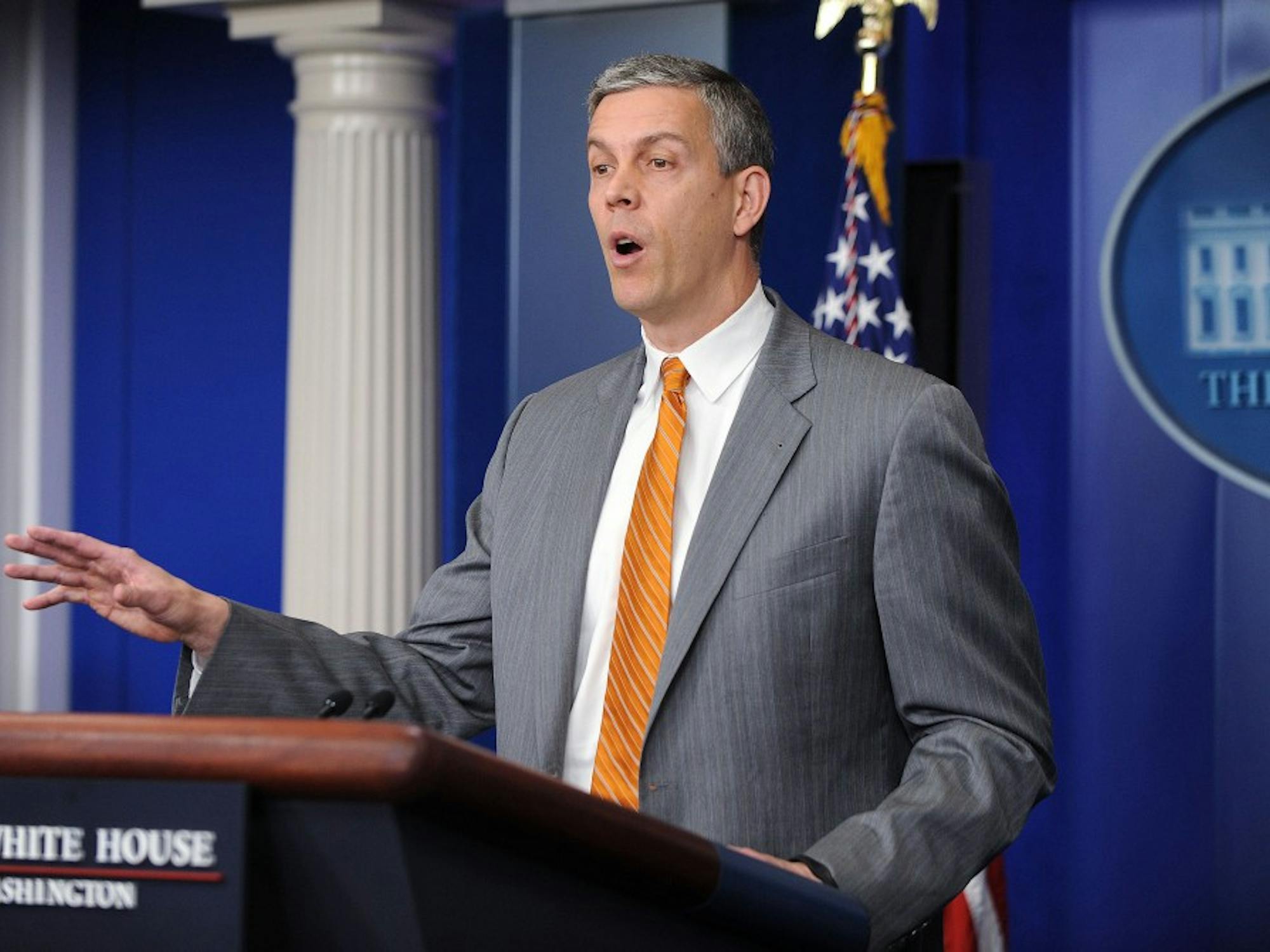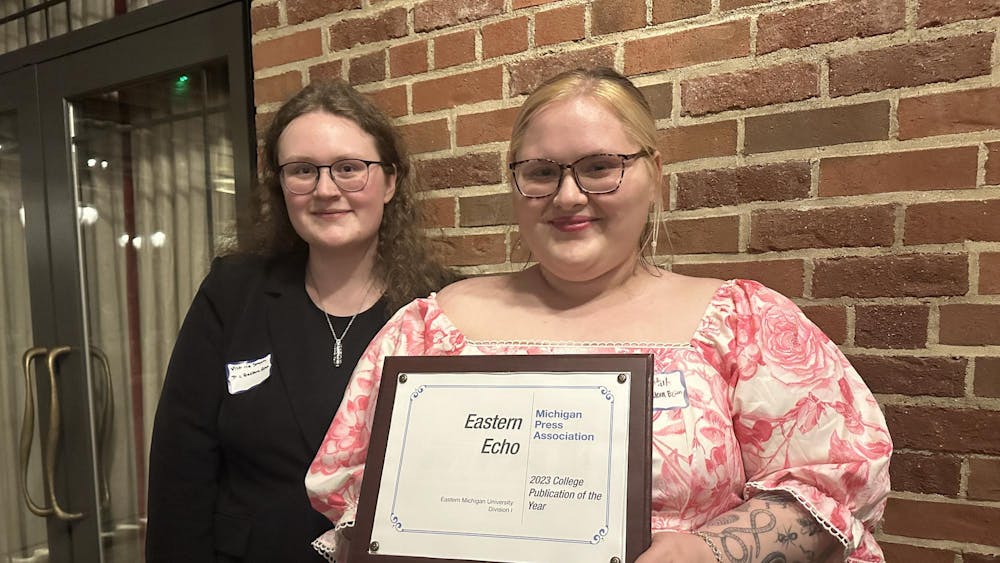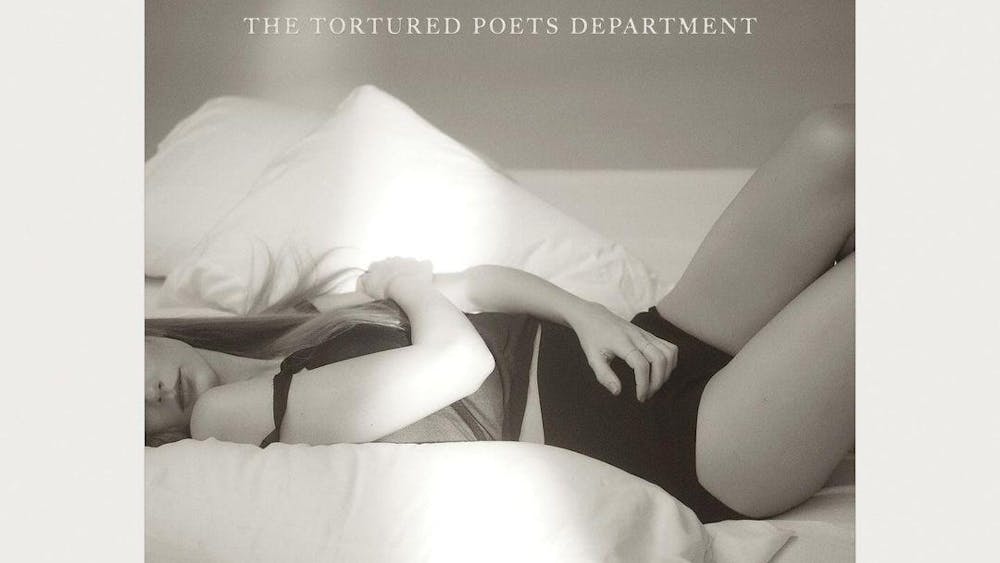U.S. Secretary of Education Arne Duncan said, during a telephone press conference June 12, the U.S. Department of Education has noticed an alarming trend of rising tuition costs at colleges and universities across the country, with 26 public four-year institutions enacting increases of 40 percent or more between the 2008-09 and 2010-11 academic years.
“Students need to know up front how much college will actually cost them, instead of waiting to find out when the first student loan bill arrives,” Duncan said in a press statement released the same day.
Forty percent of U.S. states cut higher education spending last year, which Duncan said has effectively been passed along to students through increased tuition costs. A trend that is “pushing higher education out of reach of middle class families.”
The press conference coincided with this year’s release of searchable lists of statistics on college and university attendance costs gathered by the U.S. Department of Education’s College Affordability and Transparency Center.
The lists include 4,165 U.S. colleges and universities and focus on tuition and fees, as well as average net price, which is the average cost of attendance paid by full-time, first-time students after subtracting grants and scholarships from the total cost of attendance, which includes tuition and fees, books and supplies and the weighted average for room and board expenses.
“We want to arm students and parents with the information they need to make smart educational choices,” Duncan said. “These lists are a major step forward in unraveling the mystery of higher education pricing.”
Duncan said historically there has been a lack of transparency when it comes to tuition costs, and these lists allow students to compare similar institutions and enable them to make informed decisions about their education.
The lists highlight institutions with the highest and lowest tuition rate and net price, as well as those where prices are rising the fastest. Colleges and universities where costs have risen quickly will have to report the reasons why and how the institution will address the issue, which will then be summarized and posted online by the Department of Education.
Eastern Michigan University was not listed among the 65 public four-year institutions with the lowest tuition and fees increase, but did average a 3.8 percent tuition and fees increase between the 2008-09 and 2010-11 academic years, compared to the 15 percent national average increase for public four-year institutions during the same time period.
The center’s statistics also showed that state and local appropriations in Michigan’s public institutions decreased by 8.1 percent per full-time undergraduate student, as well as a 63.7 percent decrease in state and local grants per in-district and in-state undergraduate student, between the 2008-09 and 2009-10 school years.
In contrast, California is home to 10 of the 26 institutions with tuition increases of 40 percent or more and their state and local appropriations have increased by 2.5 percent per full-time undergraduate student, and their state and local grants per in-district and in-state undergraduate student increased by 24.5 percent, between the 2008-09 and 2009-10 academic years.
EMU’s Institutional Research and Information Management website reported roughly 21,500 undergraduate students were enrolled during the 2010-11 school year, of which the CATC reported 11,609 EMU undergraduate students received grant or scholarship aid totaling $65.9 mil-lion; 8,115 were Pell grant recipients amounting to $36.9 million; and 11,971 received federal student loans totaling $94.6 million.
Duncan said another trend that concerns him is 75 percent of applicants for the Free Application for Federal Student Aid are listing only one institution on their application, which limits the student’s ability to “shop around.” He recommends students list multiple schools on their FAFSA after researching institution graduation rates, tuition costs and available majors.
EMU has an overall graduation rate of 38 percent for full-time, first-time students who began their studies in fall 2004, compared to Western Michigan University’s 52 percent overall graduation rate for the same criteria, the CATC reported.
Duncan said when it comes to the subject of education, Americans are good at pointing the finger and blaming others for the condition of our educational system, whereas he sees keeping higher education as an affordable option as the shared responsibility of educational institutions, students, state governments and the federal government.
Duncan said he’s calling on institutions to not let education take a backseat to budgets, families to research and compare educational options, states to invest more in their universities and the federal government to continue making information transparent and accessible.
Duncan reasoned that a larger educated population would allow the U.S. to retain jobs instead of shipping them overseas, and enable the country to remain competitive in today’s global economy.
The CATC lists are required by the Higher Education Opportunity Act of 2008 and are available at www.collegecost.ed.gov.









